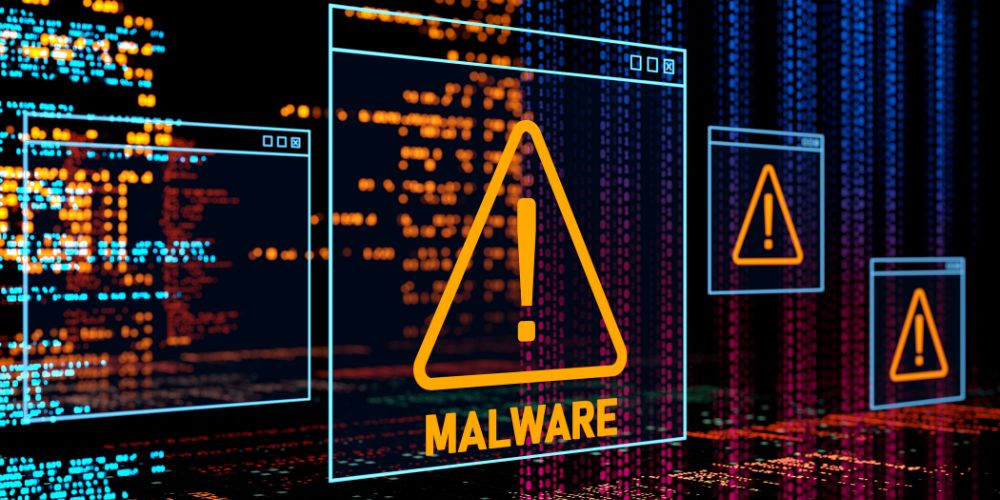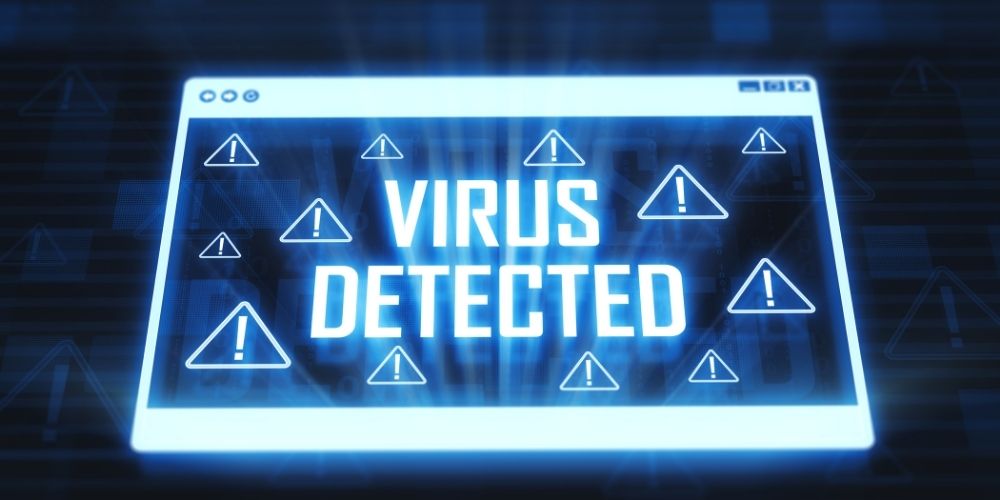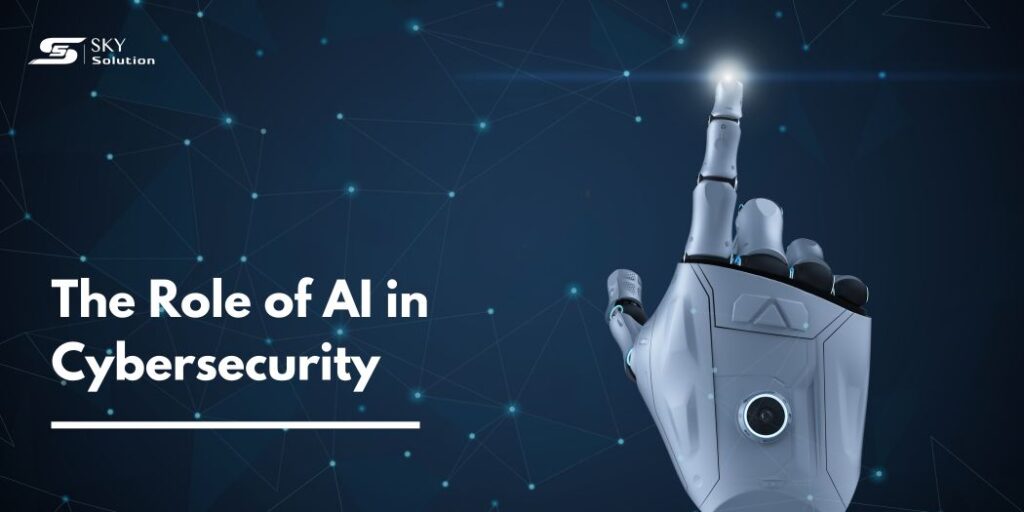The role of AI in cybersecurity has become essential as cyber attacks evolve at an alarming rate. By leveraging AI-driven systems, organizations can proactively defend against these threats. In this article, News Sky Solution explores how AI enhances cybersecurity through advanced threat detection, automated response, and continuous monitoring to safeguard businesses from attacks.
The Role of AI in Cybersecurity: How Can AI Defend Against Cyber Attacks?
AI is transforming cybersecurity by offering proactive and dynamic defense mechanisms. It empowers organizations to combat increasingly sophisticated cyber threats by detecting anomalies, assessing risks, and automating response actions.
Advanced Threat Detection
AI uses real-time algorithms to analyze network traffic and system behavior, improving organizations’ ability to identify potential vulnerabilities. Unlike traditional methods that rely on known signatures, AI leverages predictive analysis, allowing it to forecast risks and spot suspicious behavior in advance. By learning from historical data, AI enhances the accuracy of threat detection and reduces the number of false positives. This dynamic approach enables faster responses to emerging threats and minimizes the window of exposure for organizations.

Malware Analysis
The role of AI in cybersecurity extends to malware analysis, where it plays a vital role in rapid identification and neutralization of threats. Automated tools powered by AI can detect and classify malware by monitoring behavioral patterns and flagging suspicious actions. These tools work in real-time, allowing for quick responses that prevent further system infections. AI’s behavioral analysis capabilities enable it to differentiate between normal operations and malicious activity, ensuring that organizations can maintain a robust security posture. The automated nature of these tools also accelerates the overall malware detection process, reducing manual effort.
Intrusion Prevention Systems (IPS)
AI-driven Intrusion Prevention Systems (IPS) take immediate action against ongoing attacks, unlike traditional systems that respond post-attack. AI monitors network activity continuously and blocks suspicious traffic in real-time. These AI-powered systems are designed to detect unusual patterns and mitigate potential risks by automatically isolating compromised areas of the network. By integrating external threat intelligence, IPS systems enhance their ability to adapt to evolving attack tactics, thereby ensuring a proactive approach to network security.
Automated Response Mechanisms
AI’s role in cybersecurity also includes automated response mechanisms, which enable organizations to react quickly to cyber threats. These systems can quarantine infected devices, block harmful IP addresses, and even trigger countermeasures against ongoing attacks. By automating these critical tasks, AI helps minimize the damage from incidents, allowing security teams to focus on higher-priority tasks. AI’s automated responses are based on predefined rules and machine learning algorithms, ensuring that the actions taken are both efficient and accurate.
Anomaly Detection
AI excels in anomaly detection by defining what constitutes “normal” behavior within a network. By continuously monitoring operations and comparing current activities against established baselines, AI can quickly identify deviations that may signal potential cyber threats. Once an anomaly is detected, AI systems can take immediate action to mitigate the threat, whether it’s alerting security teams or initiating automated responses. This proactive stance allows organizations to stay ahead of potential attacks before they escalate into breaches.

Predictive Risk Assessment
AI revolutionizes risk assessment by transforming it from a static process into a dynamic, predictive model. AI analyzes historical data to identify potential vulnerabilities, enabling organizations to prioritize their security efforts effectively. This predictive capacity ensures that resources are allocated efficiently, focusing on the areas most likely to be targeted. As new threats emerge, AI can update its risk assessments in real-time, keeping security teams agile and prepared for evolving risks.
Vulnerability Management
AI-powered systems provide continuous monitoring of vulnerabilities, ensuring organizations maintain a strong security posture. These systems prioritize vulnerabilities based on factors such as exploitability and impact, allowing security teams to focus on addressing the most critical issues. By reducing windows of exposure, AI enhances an organization’s ability to respond to potential weaknesses before they are exploited. This ongoing analysis ensures that vulnerabilities are managed effectively across all systems and environments.
Behavioral Analysis
AI enables organizations to establish norms for user behavior, making it easier to detect malicious activities or insider threats. By analyzing how users typically interact with systems, AI can flag abnormal activities, such as attempts to access sensitive information or logins from unusual locations. This early detection system allows organizations to intervene quickly and prevent potential security breaches, especially in cases of insider threats.
Security Automation
AI plays a crucial role in security automation by streamlining incident responses and automating repetitive tasks. These systems ensure that threats are addressed promptly by automating essential processes such as threat identification and response. By leveraging AI, organizations can manage incidents more efficiently, reducing delays and minimizing potential damage caused by cyber attacks.

Enhanced Data Protection Practices
AI enhances data protection practices by employing advanced encryption methods and continuously monitoring data access. AI-driven solutions allow organizations to safeguard sensitive information and ensure compliance with data protection regulations. These systems also help classify and tag data based on sensitivity levels, ensuring that the appropriate protection measures are applied. Additionally, AI’s ability to monitor access patterns ensures that any unauthorized attempts to access sensitive data are detected and mitigated swiftly.
Conclusion
The role of AI in cybersecurity is vital for defending against evolving cyber attacks. From advanced threat detection to automated response and predictive risk assessment, AI empowers organizations to stay ahead of threats. With AI-driven systems, businesses can safeguard their data, improve response times, and continuously enhance their security posture in an increasingly complex digital landscape. Embracing AI in cybersecurity is no longer optional but essential for ensuring robust defense mechanisms in the modern era.

